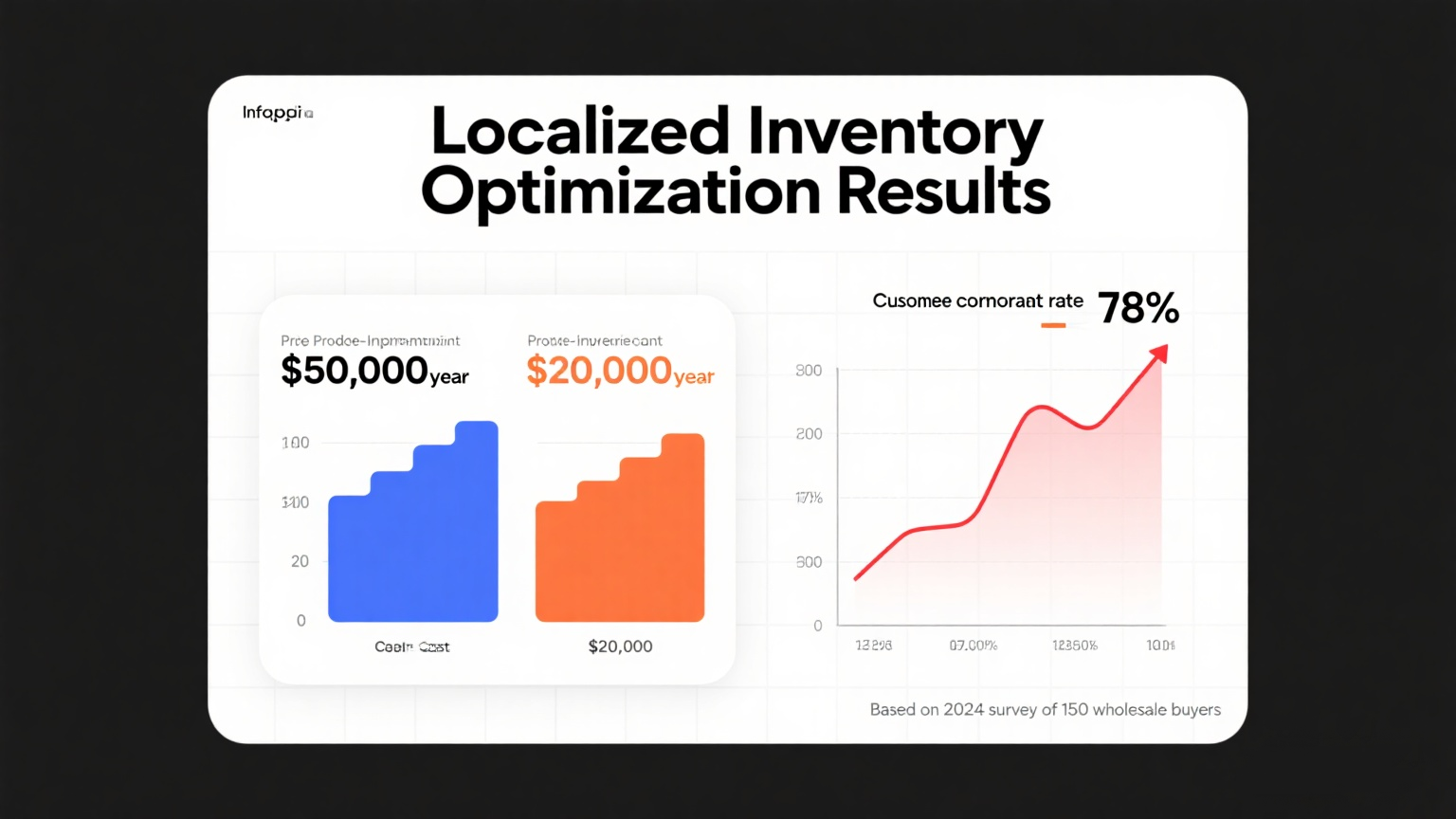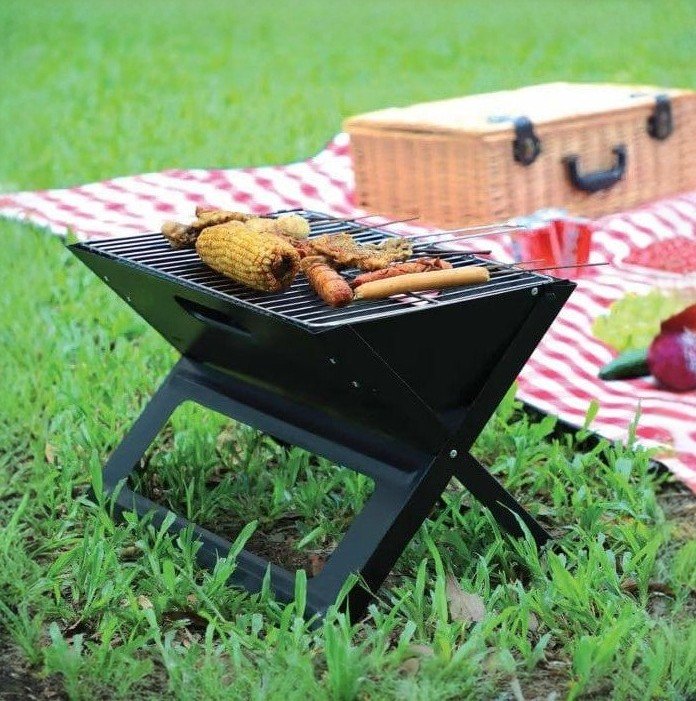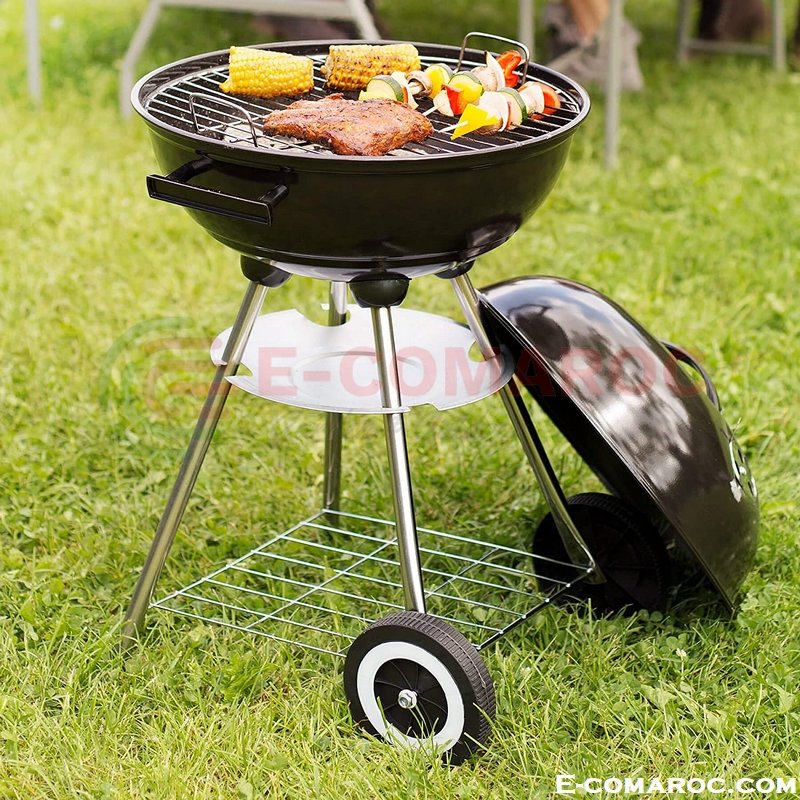
A Beginner’s Guide to Avoiding Home Charcoal Grill Pitfalls: Essential Features for Mid & Low-End Models Can you get a reliable home charcoal grill for under 50? Absolutely — but only if you steer clear of seemingly cheap, fawed models. The market has $6 basic grills and $30 fully functional ones, but their user experiences vary drastically. Too many beginners fall for low prices, only to end up with bad grilling sessions (or even safety risks) due to poor design. This guide breaks down 3 core features every home charcoal grill needs — even mid-and low-end ones — to help you avoid low -quality traps. Core Must-Haves: 3 Non-Negotiable Design Features For beginners, these three features aren’t “nice-to-haves” — they’re the foundation of safety and a good grilling experience.
1. Removable Ashtray: The Key to Easy, Clean Grilling Ash cleanup is unavoidable after using a charcoal grill — and a removable ashtray fxes this major hassle. Quality mid-and low-end grills use stainless steel (at least 1.0mm thick) for the ashtray. This material resists heat and rust, plus it’s easy to pull out and empty without creating a cloud of dust . In contrast, cheap grills (often under 10) skip the separate ashtray entirely. Ash piles up at the bottom of the grill, forcing you to tilt the whole unit to dump it — messy, dusty, and risky. Even 6 disposable portable grills are a bad choice: you have to throw them away after use, which is both expensive long-term and bad for the environment.
What to look for:
◦ Confrm the product explicitly lists a “removable ashtray.”
◦ Prefer snap-on or sliding designs — they’re smoother to remove and require less efort.
2. Heat-Resistant Handles: Your Safety Bottom Line
Charcoal grills get extremely hot — so heat-resistant handles are non-negotiable for avoiding burns . Safe handles meet two criteria:
◦ They’re made of insulating materials (like silicone or wood).
◦ They’re at least 10cm long (to keep your hands away from the hot grill body).
The EU’s EN1860 standard sets strict limits on grill handle temperatures — qualifed models stay cool enough to touch even when the grill is at full heat. A common positive user review (“It doesn ’t get hot after grilling”) is a sure sign of a good handle design.
Cheap grills cut corners here: they use exposed metal handles or low-quality plastic. The plastic often melts or releases bad odors at high heat, and metal handles burn skin instantly.
What to look for:
◦ Press the handle to check insulation thickness.
◦ Shake it gently to ensure it’s securely attached (loose handles are a red fag).
3. Basic Damper Adjustment: Control Heat, Perfect Your Grill The damper is how you control your grill’s temperature — it adjusts airfow to make charcoal burn faster (hotter) or slower (cooler). This directly impacts whether your food is burnt, undercooked, or just right. Quality mid-and low-end grills have 2~3 clear damper settings (usually on the side or bottom of the unit). The best designs have labeled knobs, so even beginners can adjust heat easily.
Grills without dampers (or with stif, unresponsive ones) make grilling frustrating:
◦ Too much heat = burnt burgers or veggies.
◦ Too little heat = long cook times and uneven results. Even “smokeless” grills rely on dampers (paired with secondary combustion) to reduce smoke. This shows just how critical dampers are.
What to look for:
◦ Test the damper: it should click into settings clearly.
◦ When closed, it should block airfow completely (hold it up to light to check).
Mid & Low-End Charcoal Grills: What You Need to Know
Home charcoal grills in the mid-and low-end range cost 50, with the best value found between 30. These models often have all the safety and functionality beginners need — but many people make the mistake of “settling for cheap.” Grills under $10 almost always cut corners on core features. Common shortcuts include:
◦ Using thin sheet metal (less than 0.5mm thick) instead of 1.0mm stainless steel — the grill body warps easily.
◦ Skipping damper fne-tuning (only one basic vent, no settings).
◦ Using recycled plastic for handles — it releases harmful chemicals when hot. These faws don’t just ruin your grilling experience — they’re dangerous. Many users report their $8 grills “warp after 3 uses” or “smell like plastic when heating up” — both signs of cheap, unsafe materials.
The good news? Mid-and low-end grills don’t have to be worse than high-end ones. Many brands ofer all 3 core features for under $50. Price isn’t the best judge of quality — instead, check:
◦ Material thickness (grill body ≥ 0.8mm; grill grid ≥ 1.0mm). ◦ Safety certifcations (EN1860-1 or CCC).
◦ Recent user reviews (look for comments about durability and safety).
Practical Buying Checklist: Avoid the Traps
Follow these steps to pick a reliable mid-or low-end home charcoal grill:
1. Check Safety Certifcations
Prioritize grills labeled compliant with EN1860-1 (for solid-fuel grills) or CCC (China’s safety standard). These certifcations guarantee basic safety (e.g., heat-resistant parts, no toxic materials ).
2. Test the Ashtray Ask the seller to show you how to remove the ashtray. It should be secure but easy to pull out — avoid shallow ashtrays or ones with tight, hard-to-open latches.
3. Assess Handle Heat Resistance
You can’t test it at high heat in-store, but you can check the material: • Good options: Silicone or wood (thick, sturdy). • Bad options: Thin plastic or exposed metal. Also, confrm the handle is at least 10cm long and doesn’t wiggle.
4. Try the Damper Turn the damper knob — it should move smoothly and click into clear settings. When closed, it should block all light (hold it up to a lamp to verify).
5. Check Small But Important Details
• Opt for galvanized or stainless steel grills (resist rust).
• Look for smooth edges (no sharp burrs that cut hands).
• Ensure the base is stable (no wobbling when you push it).
• A built-in oil groove helps reduce smoke (a nice bonus!).
Final Tip: Follow the “Functional Subtraction” Rule For beginners, the best home charcoal grill isn’t the one with the most extra features — it’s the one that nails the basics. Focus on the three non-negotiables:
◦ Removable ashtray
◦ Heat-resistant handles
◦ Adjustable damper Skip grills that skimp on these to add “extras” (like fancy side shelves or decorative logos). A grill with these core features will give you a safe, easy, and enjoyable grilling experience — even if it’s mid-or low-end.
By choosing a model with these basics in your budget (15–30 is ideal), you’ll avoid wasting money on a grill that breaks or disappoints. Instead, you’ll get to enjoy “grill freedom” — no stress, no safety risks, just great food.










